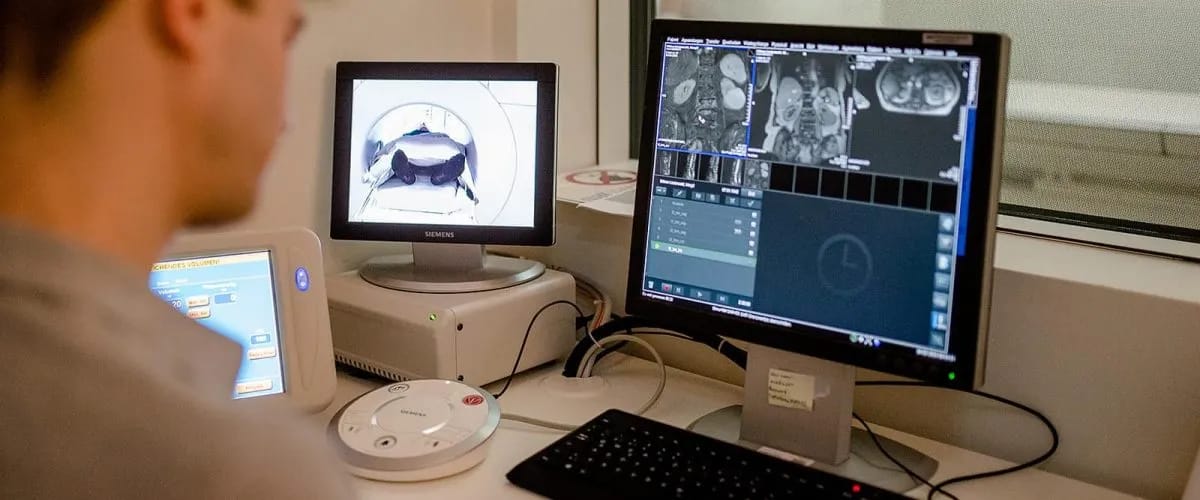With advancements in technology, medical imaging has become more sophisticated and precise. Today we highlight three recent studies and an article that focus on different aspects of medical imaging, including the topics of patient privacy concerns during MRI research and the use of PET/CT imaging for diagnosing lung adenocarcinoma.
📖 Author: Sandra Dietrich | OpenRad team
Gaps in patient privacy protection during MRI research
Researchers from the American academic medical centre Mayo Clinic conducted a study that suggests facial recognition software can be used to identify people from brain MRI data that includes imagery of the face, potentially posing a risk to patient privacy. The current standard is to remove patient identifiers such as name and identification number before sharing MRI scans for research purposes. However, this study found that facial images remain accessible, and software to remove or blur faces can degrade the ability to automatically measure brain structures from the images.
Medical imaging: Early-stage lung adenocarcinoma subtypes diagnosis
PET/CT imaging can be used to predict the histopathologic subtypes and growth patterns of early lung adenocarcinoma, according to a study by researchers at Soochow University in Changzhou, China. Using PET maximum standardised uptake value (SUVmax) combined with high-resolution CT (HRCT) signs, the researchers analysed the PET/CT data of ground-glass nodules resected from patients with stage IA lung adenocarcinoma. They found that FDG PET can be used to diagnose the subtypes of lung adenocarcinoma, but not differentiate growth patterns.
Extended reality-based sonography to improve ultrasound certification
Ultrasound technology is set to benefit from extended reality (XR), which offers greater access to training, boosts accuracy, and helps improve patient care. XR offers immersive technologies including augmented and virtual reality that merge the physical and virtual worlds to offer a hands-on, interactive experience. For trainees, the technology offers access to affordable, safe and easily accessible training, while for physicians and sonographers, XR offers ergonomic benefits that can improve workflow and rapport with patients.
Importance of IT standards & interoperability in radiology
How important are IT standards and interoperability in radiology for the seamless exchange of information between healthcare systems? Radiology facilities are almost completely digitised and require multiple systems to communicate with each other, making interoperability essential. Standards for physical connectivity and content, such as DICOM and HL7/FHIR, are necessary for the seamless exchange of information between different healthcare systems. Integrating the Healthcare Enterprise (IHE)—an international organisation started by the Radiological Society of North America (RSNA) and Healthcare Information and Management Systems Society (HIMSS)—develops integration profiles for radiology and IT infrastructure that manufacturers can refer to when developing their applications. Attention must be paid to variations in standards and language differences, which can be reduced through the use of integration profiles.
—
Is there any hot topic you want to add here? Share your ideas or links to news articles via the comment section below.
Want to join an innovative team? Check out our careers section. We are always looking for exceptional talent—from application specialist to software developers.
📷 Photo credits: daniela-mueller.com



